Bay Scallops Nutrition

A little bit of bay scallop knowledge can go a long way. These small, sweet seafood gems are not only delicious but also packed with nutrients that can boost your health in a variety of ways. So before you write them off as an expensive indulgence, take a closer look at what they have to offer. You might be surprised to learn that these Bay scallops are healthy and can easily fit into your next meal.
Introduction to Bay Scallops
Bay scallops are a type of small, edible marine creature that is typically found in sheltered bays along the coastlines of the United States, Canada, and Europe. They have a light, delicate flavor and a slightly firm texture. Bay scallops are often considered to be a healthier alternative to other types of seafood because they are lower in calories and fat.
Nutritional value of Bay Scallops
A three-ounce serving of bay scallops has only 83 calories and consists mostly of protein. These clams are also a good source of phosphorus, selenium, and vitamins B12 and B6. Bay scallops are low in fat and cholesterol and contain omega-3 fatty acids, which are beneficial for heart health.
Health benefits of Bay Scallops
Bay scallops are a type of shellfish that is harvested from estuarine waters. They are a small, delicate type of scallop that has a sweet, nutty flavor. Bay scallops are a good source of protein, vitamins, and minerals. They are also low in calories and fat.
Bay scallops are a good source of protein. Protein provides the body with amino acids, which are the building blocks for muscle tissue. Bay scallops also contain vitamins B12 and selenium. Vitamin B12 is important for the proper function of the nervous system, and selenium is an important antioxidant that helps protect cells from damage. Bay scallops are also a good source of phosphorus and magnesium. Phosphorus is important for bone health, and magnesium helps to regulate blood pressure.
Bay scallops can be eaten raw, cooked, or used in recipes. They can be steamed, sauteed, baked, or grilled. When cooking bay scallops, it is important to not overcook them. If you’re wondering how many scallops in a pound, it typically depends on the size of the scallops, but overcooking will cause them to become tough and rubbery.
Bay scallops recipe healthy
Bay scallops are a type of seafood that can be used in many different recipes. They have a sweet flavor and are low in calories, making them a good option for those who are trying to eat healthy. There are many different ways to prepare bay scallops, and they can be cooked in a variety of ways, such as being sauteed, baked, grilled, or even fried.
Tips for incorporating Bay Scallops into a healthy diet
While Bay Scallops are undoubtedly a delicious seafood, they are also nutritious and offer a variety of health benefits. Here are some tips for incorporating them into a healthy diet:
-Bay Scallops are an excellent source of protein, providing 18 grams per 3-ounce serving. They are also low in calories, with only 91 calories per serving.
-Bay Scallops are a good source of several vitamins and minerals, including phosphorus, potassium, selenium, and vitamin B12.
-Bay Scallops contain omega-3 fatty acids, which have been shown to support heart health and cognitive function.
-Because they are low in mercury, Bay Scallops are considered a safe seafood choice for pregnant women and young children.
When shopping for Bay Scallops, look for those that are plump and resilient with a creamy white color. Avoid scallops that are discolored or have an off odor. Bay Scallops can be cooked in a variety of ways, including baked, sautéed, grilled, or steamed.
How to select and store Bay Scallops
Choose Bay Scallops that are off-white or pale pink in color. Avoid those that are dark colored or beginning to turn brown. If the Bay Scallops are sold on the half-shell, they should have a fresh sea smell. If you detect an ammonia odor, it is an indication that the Bay Scallops are beginning to spoil and should be avoided. Raw Bay Scallops should be firm to the touch and have a sticky feel. This is due to a natural substance called glycoprotein that coats the surface of the Bay Scallop and serves as a protective barrier against predators.
If you cannot find fresh Bay Scallops, look for ones that have been quick frozen (QF). These have been frozen within hours of being caught and will have retained their freshness, texture and flavor. QF scallops should be thawed in the refrigerator overnight before cooking.
When purchasing dry-packed scallops, make sure there is no liquid in the package as this is an indication that they have been sitting around for a while and their quality will be poor. If you do purchase dry-packed scallops, soak them in cold water for 20-30 minutes before cooking to allow them to reabsorb some of their natural moisture.
Frequently asked questions about Bay Scallops
Are Bay Scallops good for you?
Yes! Bay scallops are an excellent source of protein and are low in calories. One hundred grams of cooked bay scallops contains only ninety-six calories but provides twenty-two grams of protein.
What are the health benefits of eating Bay Scallops?
Some of the health benefits associated with eating bay scallops include: improved heart health, increased energy levels, enhanced brain function, and better digestion.
What is the best way to cook Bay Scallops?
There are many different ways to cook bay scallops, but some of the most popular methods include sautéing, baking, and grilling.
Conclusion
Bay scallops are an excellent source of protein, minerals, and vitamins and can be part of a healthy diet. When eaten in moderation, they can be a nutritious and affordable seafood option. Bay scallops can be prepared in a variety of ways, so there is something to suit every taste. When buying bay scallops, look for those that are plump and have a fresh sea smell. Avoid those that are shriveled or have an ammonia smell. Bay scallops are best cooked quickly to preserve their delicate flavor and texture.

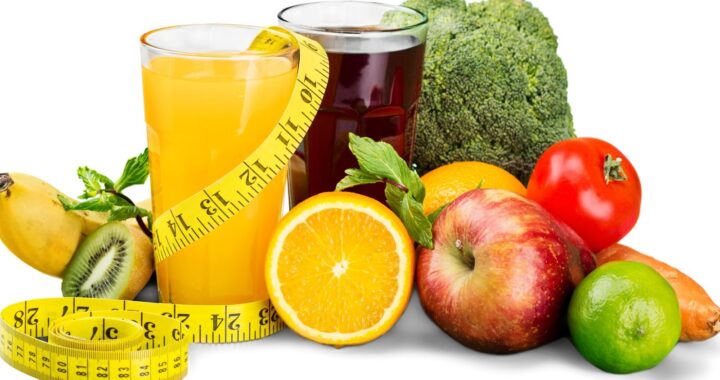 Fad Diets and Long-Term Solutions: A History of Dieting Trends
Fad Diets and Long-Term Solutions: A History of Dieting Trends 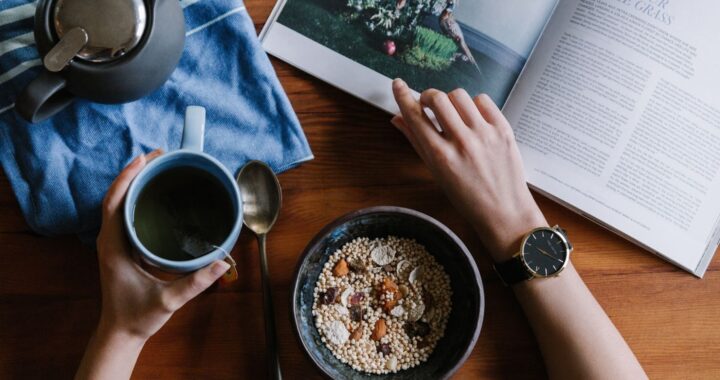 5 Weight Loss Myths
5 Weight Loss Myths 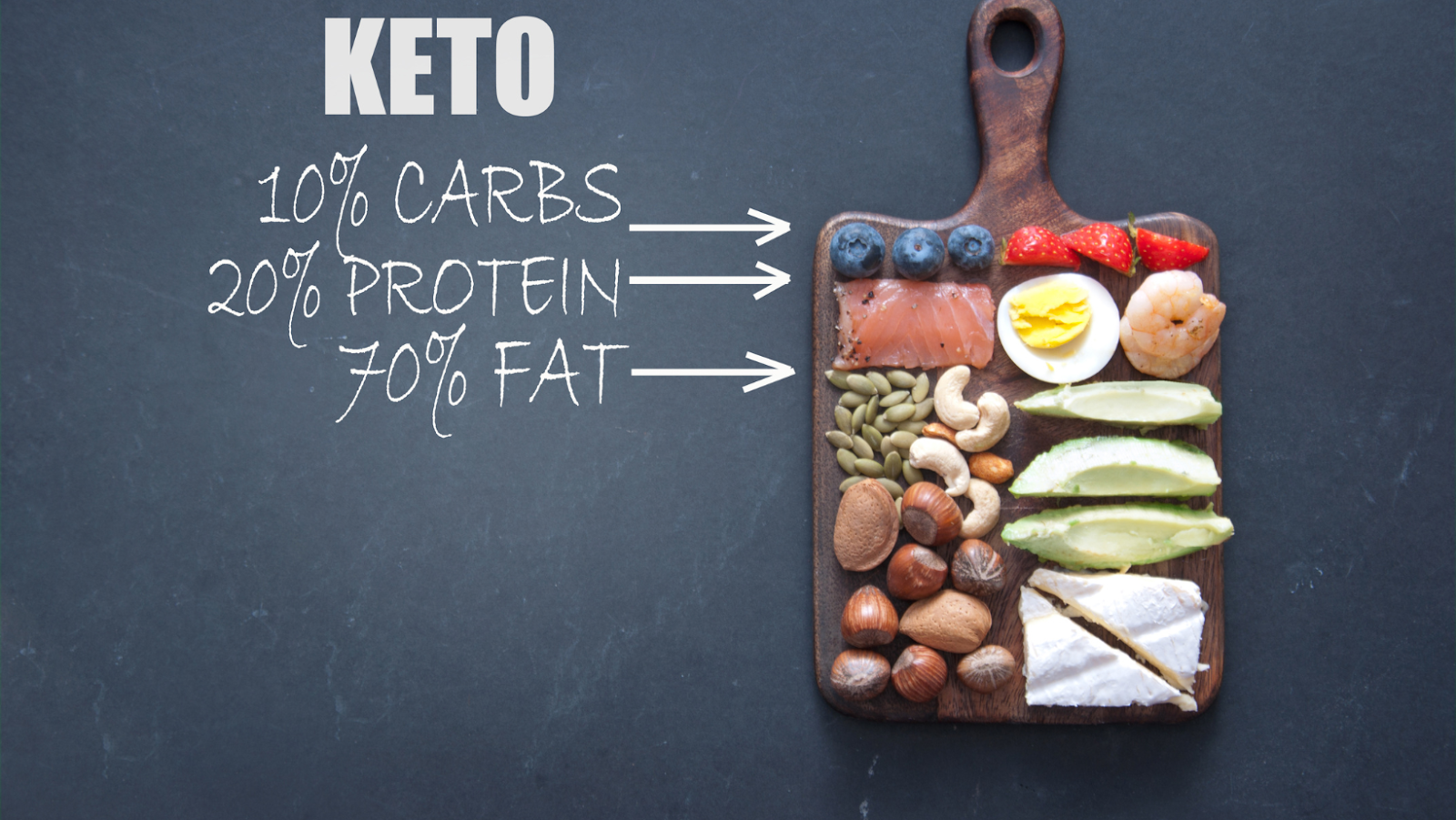 The Secret to Getting More Energy and Endurance When you are on a Keto Diet
The Secret to Getting More Energy and Endurance When you are on a Keto Diet 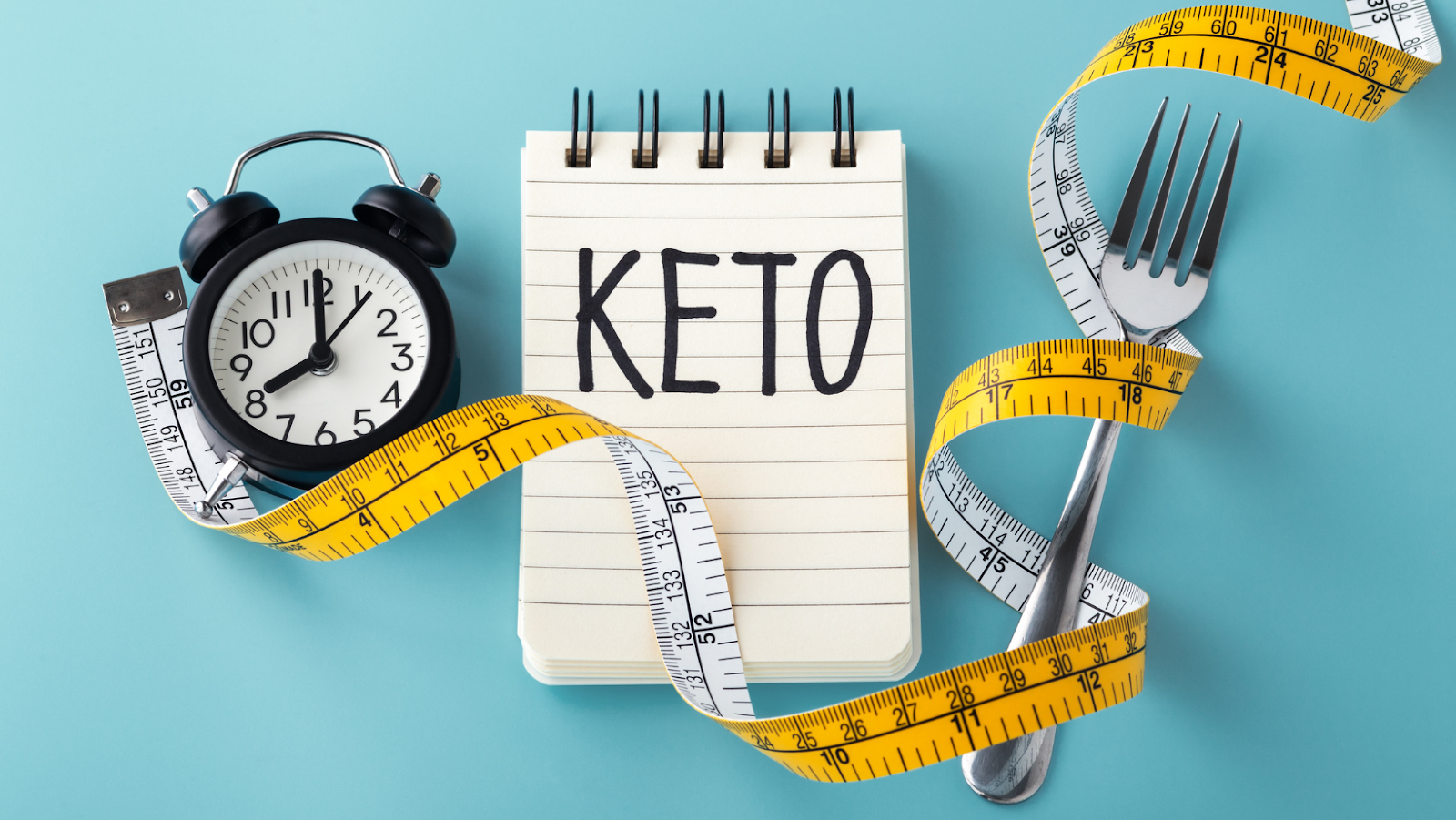 The Ultimate Guide to Keto Carrots
The Ultimate Guide to Keto Carrots  The Healthiest Fruit For A Keto Diet
The Healthiest Fruit For A Keto Diet 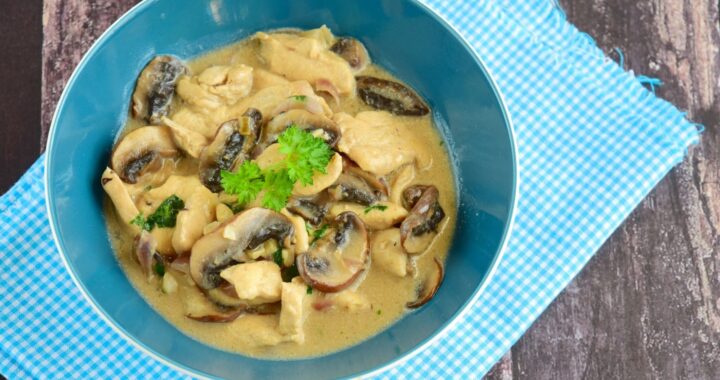 Chicken and Mushrooms are The Perfect Combination for A Healthy Meal
Chicken and Mushrooms are The Perfect Combination for A Healthy Meal